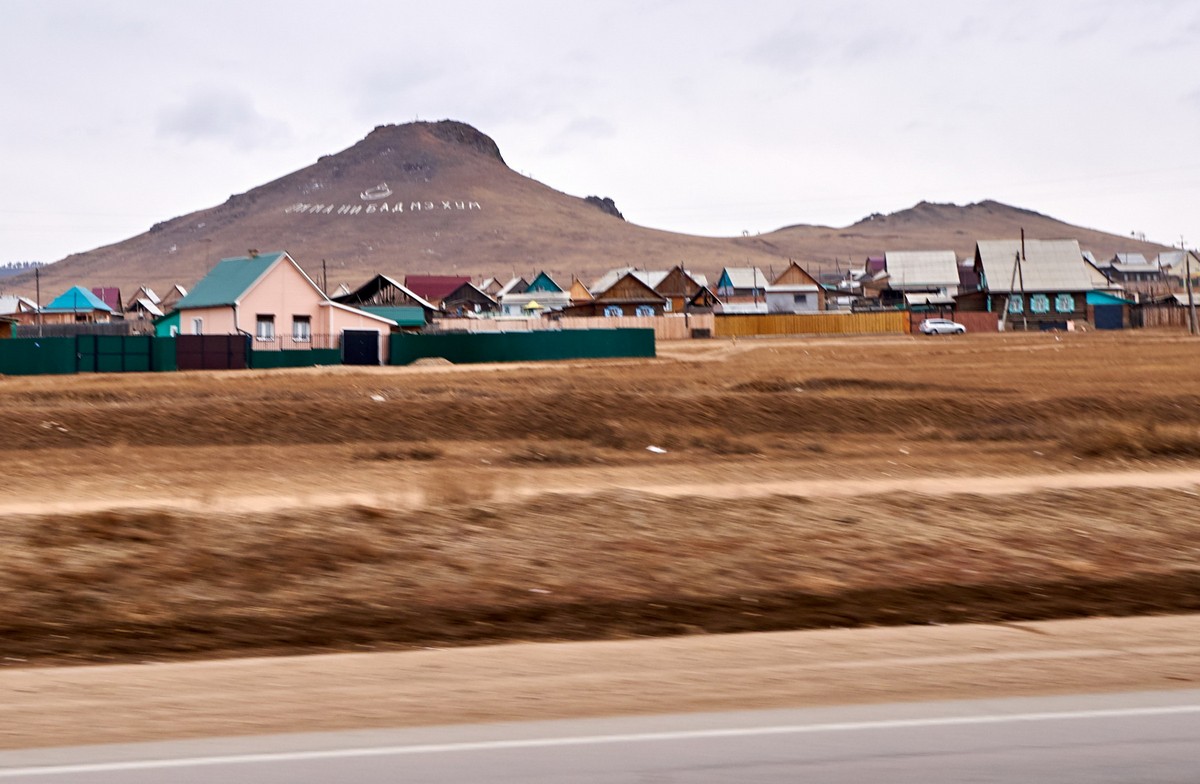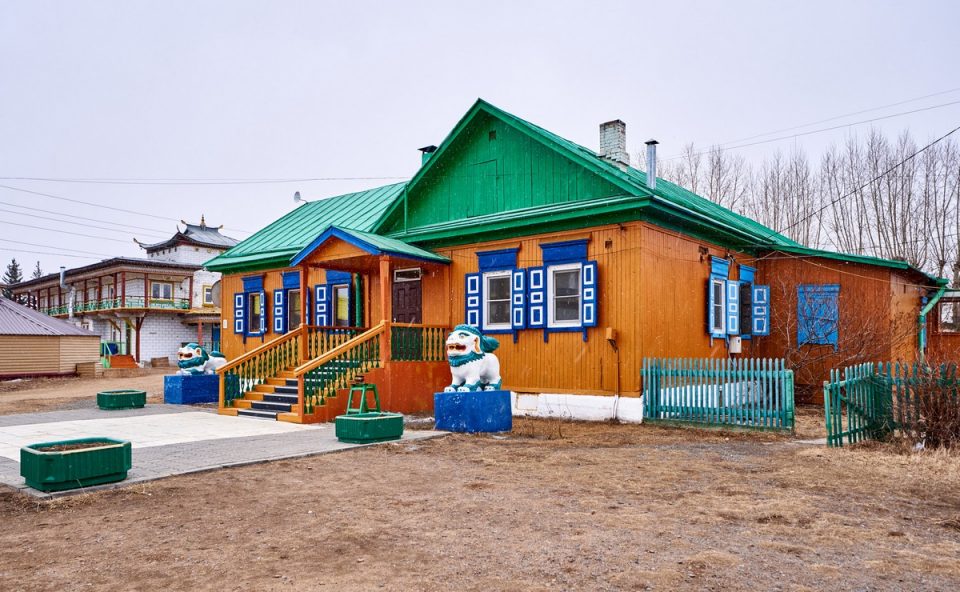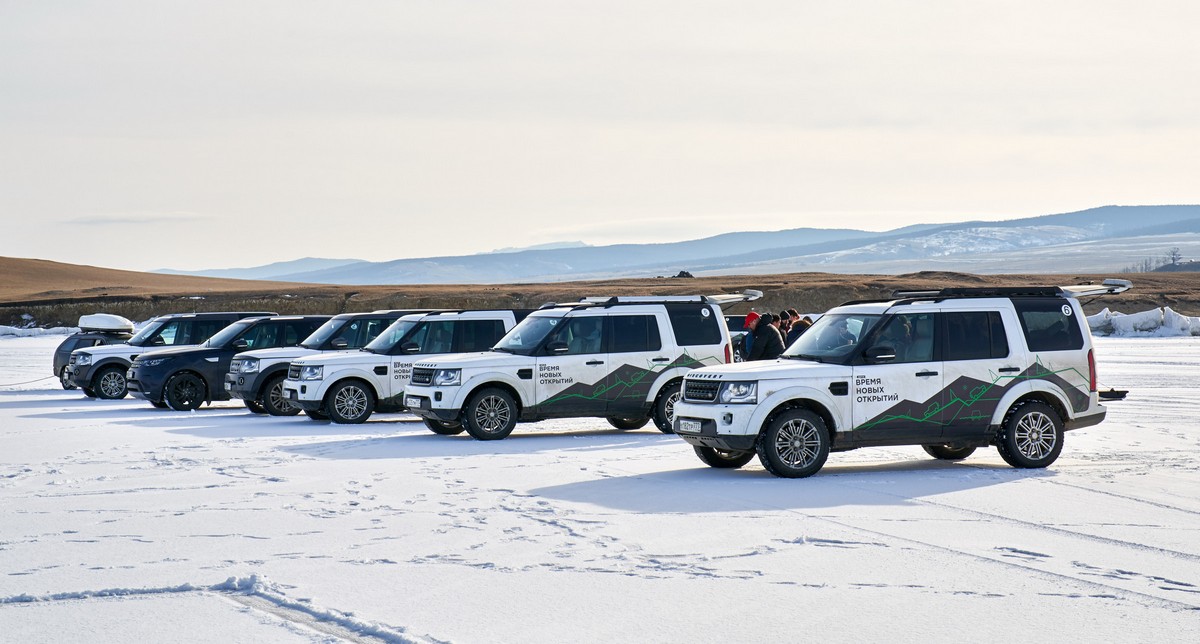In getting to the island of Olkhon (while still on the mainland), I have a feeling we were taken off-road on purpose – so we could put the Land Rovers through their 4×4 paces to the max while also getting some of the better views of the lake while driving alongside it. Well, the Land Rovers not only perfectly passed the test – they also helped pull out a mini-bus that had gotten bogged down in a spot of mushy ice that had been melted by the sun.
The story was quite a fun one, btw: the mini-bus was carrying some Russian tourists, and it was following a route along which probably one vehicle passed each day – well that was this vehicle! So, they were literally in the middle of nowhere, stranded, with little prospect of being rescued – at least on that day. You can imagine how desperate those poor tourists were becoming. Anyway, all of a sudden – da-daaa – along come eight mighty Land Rovers! They couldn’t believe their luck. Then, when I got out of the driving seat of one of the Land Rovers, was recognized, hooked the rope onto their bumper, then got back behind the wheel to pull the mini-bus out of the mush, well, I have to say it looked like they might faint!
Soviet joke digression!
The Soviet leader Leonid Brezhnev was know to like fancy cars. One Sunday, he fancied a drive. So in he jumped, with his driver transferred to the front passenger seat. Off he races out into the countryside. Of course, after a while of doing well over the speed limit, eventually the traffic police pull him over. One of the police officers goes over to the car while Mr.Brezhnev winds down the window. The driver, naturally, is stunned, stands there frozen, eyes as big as saucers, and slowly turns back to his colleagues, who shout over: “What’s up Boris? Who’s the VIP being driven around at such crazy speed, then?” To which Boris replies: “Well, actually, I don’t know; but his driver is Brezhnev himself!”
Still on the mainland, perhaps the most memorable experience was stopping off at the village of Bugul’deyka, or, rather, its abandoned marble quarry. The place is nothing too special, but it was worth a quick look around. I wondered – why did they give up extracting marble here? Surely there’s always a demand for this posh construction material loved by five-star hotels (and five-star metros:).
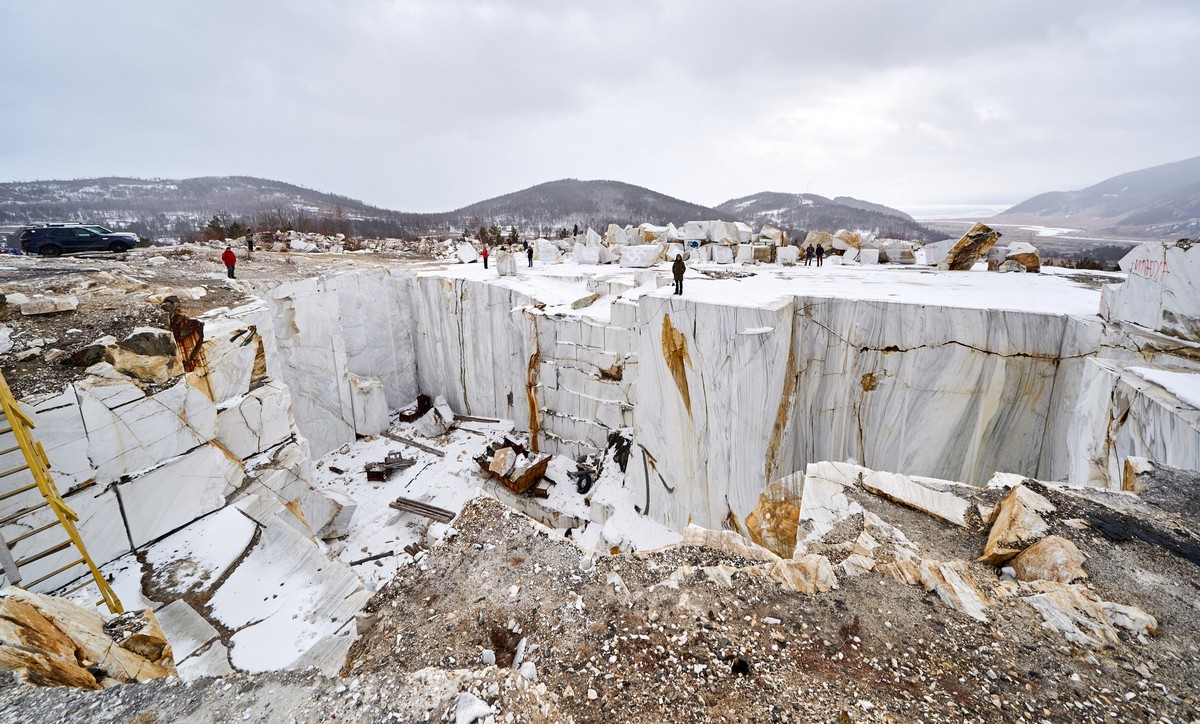
My wonderings were soon answered: apparently this marble is a soft kind – only good really for sculptures; no good at all for construction. In Soviet times, when statues of Lenin were always popular (there would be many in any city, at least one in most towns), this place was kept very busy. These days, with patriotic-ideological monuments less in vogue, there’s just no need for its marble any more. The only folks who come here are the occasional tourists who’ve wandered off the beaten track.
Read on…



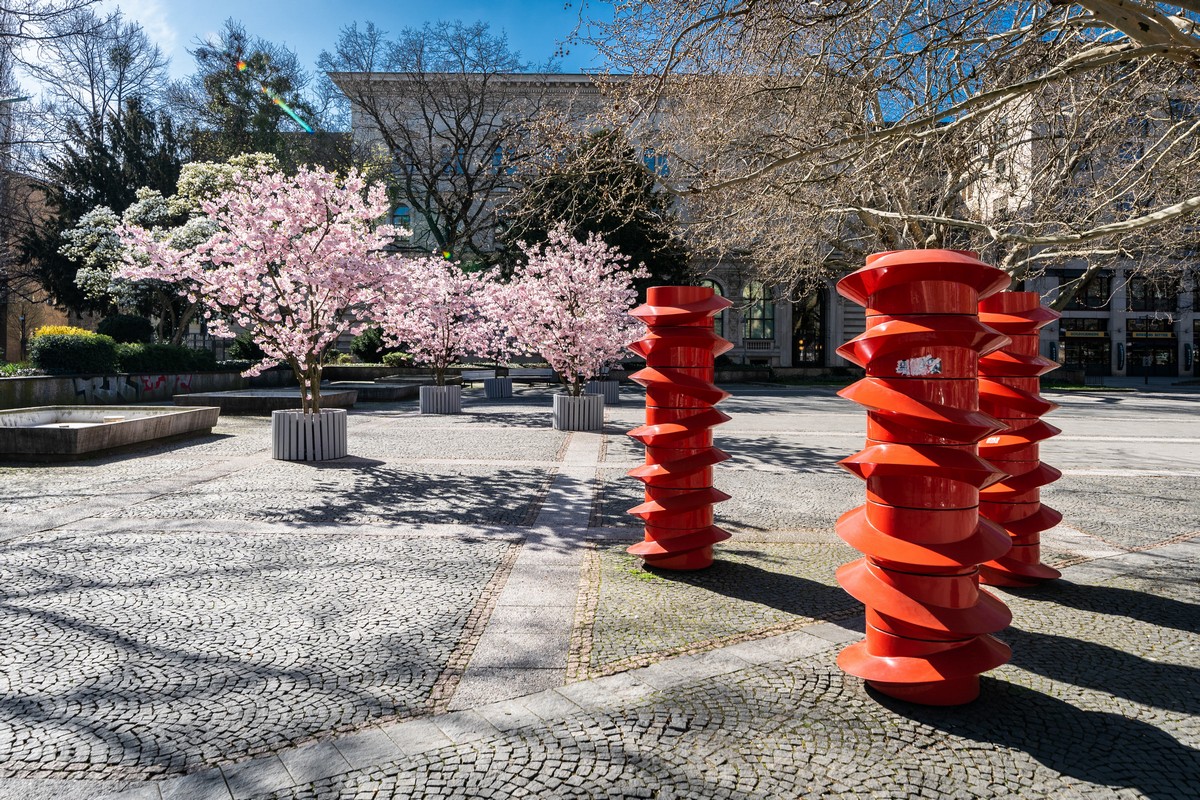




![YOU CAN NEVER GET TOO MANY AWARDS. SEE 1ST COMMENT FOR ENGLISH ⏩
"А из нашего окна страна Австрия видна!" - практически (с). Но в этих австриях я был не смотреть из окна, а по многочисленным деловым делам, первое из которых - лично получить несколько важных наград и множество сертификатов от независимой тестовой лаборатории AV-Comparatives.
Это далеко не первая наша награда. Скажу больше - на протяжении последних десяти лет по результатам независимых тестов к нам даже близко ни один конкурент не подобрался. Но почему тогда такое внимание конкретно к этой победе? Ответ простой: густопопсовый геополитизм. В наше весьма геополитически [очень мягко говоря] непростое время... Ну, если отбросить все казённые слова, то будет, как в известном анекдоте про поручика Ржевского. В той самой истории, когда ему указали повторить свою фразу без матерщины. На что тот ответил: "Ну, в таком случае я просто молчал".
Так вот, в наше "поручико-ржевско-молчаливое время" участвовать и получить первые места в европейских тестах - это за пределами научной и ненаучной фантастики. Что в целом совпадает с одной из основных парадигм моей жизни: "Мы делаем невозможное. Возможное сделают и без нас" (с). Большими трудами и непомерными усилиями - да! Это можно! Мы заделали такие продукты, такие технологии, такую компанию - что даже в непростое время нас и в Европах знают, уважают, любят и пользуются. Ура!](https://scontent-iad3-2.cdninstagram.com/v/t51.29350-15/430076034_1096357205018744_692310533755868388_n.heic?stp=dst-jpg&_nc_cat=103&ccb=1-7&_nc_sid=18de74&_nc_ohc=XLII-tX29aoAX80SM4u&_nc_ht=scontent-iad3-2.cdninstagram.com&edm=ANo9K5cEAAAA&oh=00_AfBINCtkZ3-r_aTvdSC36JELI05V6PuBnMWs672PK3GsBQ&oe=65E63D48)




